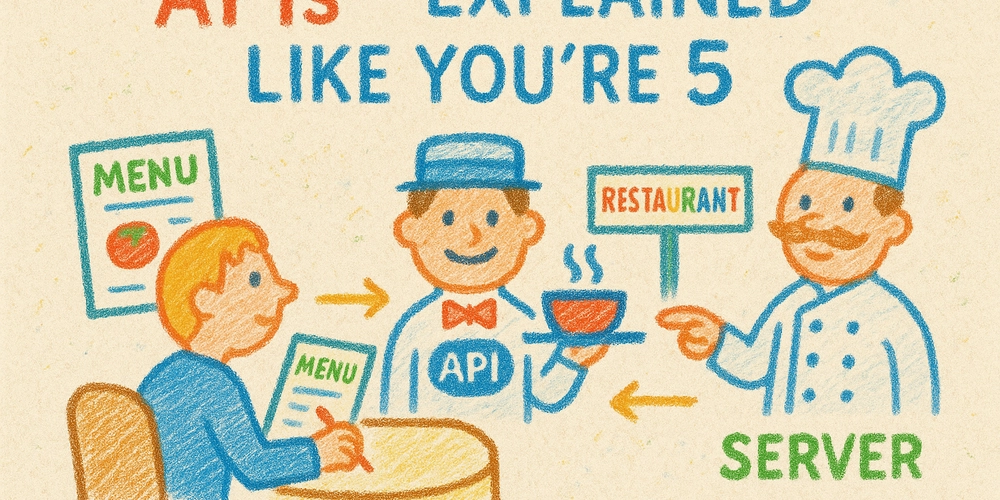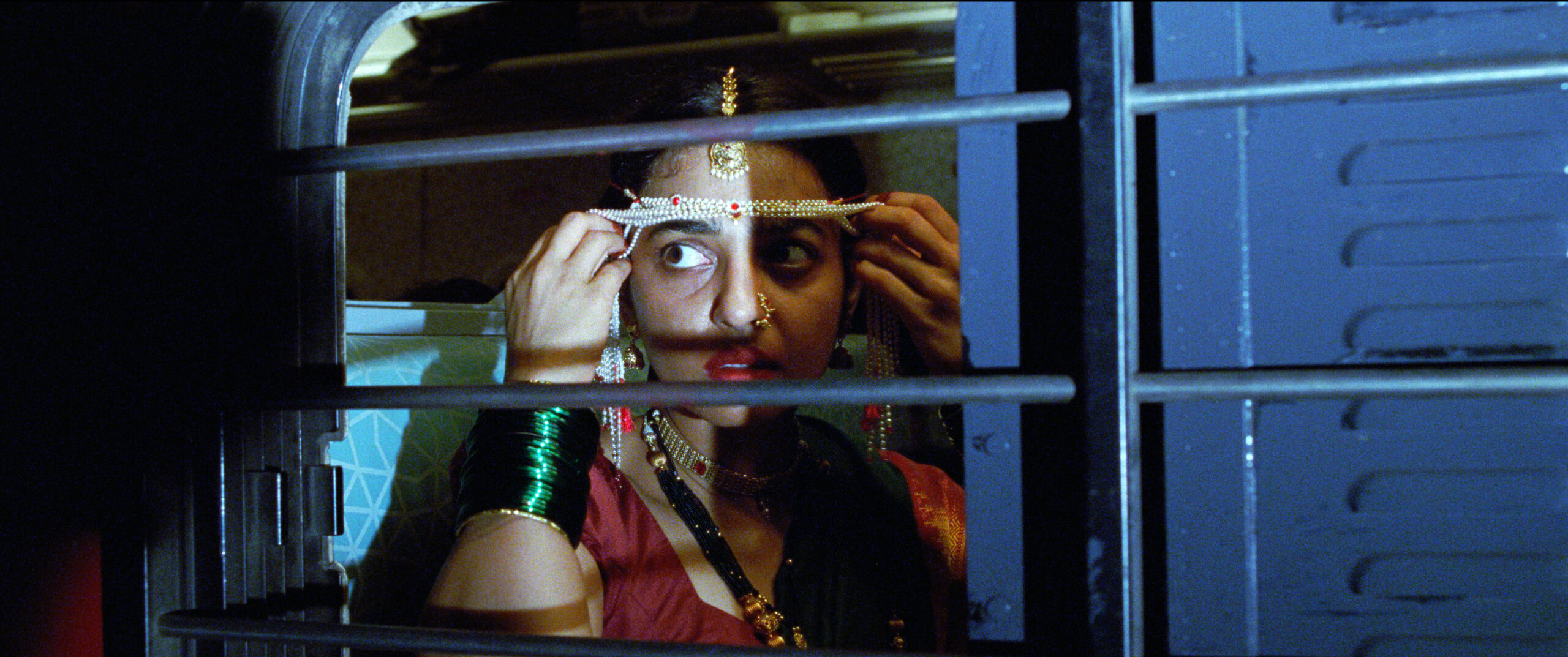What Are Character Traits? Writing Guide & Examples
Ever wonder why some stories grab you while others fade from memory? The secret isn't in plot twists—it's in the people.While Walter White's criminal descent in Breaking Bad and the psychological warfare in Gone Girl follow thriller conventions, what makes them unforgettable are their distinctive characters. The same applies to love stories—we've seen countless couples unite or part ways, yet certain relationships linger in our minds long after the credits roll (Pride & Prejudice is an easy rewatch).Great storytelling means creating memorable characters, and the key to creating memorable characters is giving them the right traits.Let’s learn more about character traits so we can be stronger screenwriters.What Are Character Traits?Character traits can be defined as the set of elements that come together to make a single character. Be it physical, moral, or psychological, these curated elements rule your character in the most freeing way. Character traits clarify your characters' actions and contradictions based on their emotions. They shape the characters into living, breathing humans with whom the audience can connect. A character's behavior doesn't emerge from nowhere. Their history shapes it. Even if your story captures only a slice of their life, you, as the writer, still need to understand their backstory. 'The Batman' CREDIT: Warner Bros. Of course, this doesn't mean dumping their entire history into the script, but instead having that knowledge inform how they react in every scene. For instance, if your character has an avoidant attachment style, you need to know why, even if you’re not telling the audience. When they flinch from emotional intimacy, you should know exactly which childhood disappointments taught them that vulnerability leads to pain. The audience may never hear why, but they'll feel the authenticity that comes from a character whose actions reflect a lived experience. What Are the Different Types of Character Traits?Character traits can be broadly broken down into four sections. Your character must have at least one from each to get its most basic structure.1. Physical This is the first impression of the character—how do they look? What are they wearing? Are they thin, fat, tall, or short? Appearance is the first visual connection that the audience makes with the character. Thus, it needs to resonate with their arc in the story and their beliefs. The physical character traits help or misguide the audience in judging the book by the cover, depending on what suits your story. 2. MentalAfter the body, we come to the mind. Is your character witty, intelligent, funny, curious, or traumatized? Your character’s mental traits determine their dependability. Whatever the story, the degree of reliability depends on the character’s mental state. The mental character traits are the first to render great misdirection in any screenplay. 3. MoralMoral character traits reflect your character's belief systems. Your character can be honest, corrupt, sadistic, or kind. Moral character traits trigger plot twists in the most unexpected ways, so keep a lookout—you might just be surprised!4. EmotionalThe emotional traits of a character, like sensitivity, anger, and stubbornness, often determine their reactions and trigger the audience's empathy for them. Unlike the other three, emotional traits can sometimes be temporary. For instance, you might have a female lead who’s sensitive but becomes cold as a result of an incident in the story. This creates a lot of room to play in the grays of emotions. The audience loves an emotionally scattered character. The key is to make it messy, but not confusing. 'Gone Girl' Credit: 20th Century Fox How to Develop Character Traits ImpactfullyCreating memorable characters isn't about assembling a random collection of quirks and habits. While conceptualizing scenes with your characters, keep the following in mind:It’s sad but true that most of the time, writers reduce characters to adjectives when they’re in fact verbs. It is not what we are that defines us, but what we do. The same goes for the characters in our screenplays. Let them reveal themselves through their choices and actions. A character who claims to be honest but accepts bribes is a hypocrite. While hypocrisy is a popular character trait, it should be a choice, not creative miscommunication. What often goes missing in a screenplay is the establishment of character traits. Since there’s no right way of visualizing an adjective, a character trait is best expressed through the smallest actions (verbs) and choices by a character across scenes, rather than limiting it to one scene focused on establishing the character trait. Needless to say, a visually communicated character trait forms a deeper connection between the audience and the character. Character traits are nothing but guidelines. While they build a character, they do not restrict the character. A character who a


Ever wonder why some stories grab you while others fade from memory? The secret isn't in plot twists—it's in the people.
While Walter White's criminal descent in Breaking Bad and the psychological warfare in Gone Girl follow thriller conventions, what makes them unforgettable are their distinctive characters.
The same applies to love stories—we've seen countless couples unite or part ways, yet certain relationships linger in our minds long after the credits roll (Pride & Prejudice is an easy rewatch).
Great storytelling means creating memorable characters, and the key to creating memorable characters is giving them the right traits.
Let’s learn more about character traits so we can be stronger screenwriters.
What Are Character Traits?
Character traits can be defined as the set of elements that come together to make a single character. Be it physical, moral, or psychological, these curated elements rule your character in the most freeing way.
Character traits clarify your characters' actions and contradictions based on their emotions. They shape the characters into living, breathing humans with whom the audience can connect.
A character's behavior doesn't emerge from nowhere. Their history shapes it. Even if your story captures only a slice of their life, you, as the writer, still need to understand their backstory.
 'The Batman'
CREDIT: Warner Bros.
'The Batman'
CREDIT: Warner Bros.
Of course, this doesn't mean dumping their entire history into the script, but instead having that knowledge inform how they react in every scene.
For instance, if your character has an avoidant attachment style, you need to know why, even if you’re not telling the audience. When they flinch from emotional intimacy, you should know exactly which childhood disappointments taught them that vulnerability leads to pain. The audience may never hear why, but they'll feel the authenticity that comes from a character whose actions reflect a lived experience.
What Are the Different Types of Character Traits?
Character traits can be broadly broken down into four sections. Your character must have at least one from each to get its most basic structure.
1. Physical
This is the first impression of the character—how do they look? What are they wearing? Are they thin, fat, tall, or short?
Appearance is the first visual connection that the audience makes with the character. Thus, it needs to resonate with their arc in the story and their beliefs. The physical character traits help or misguide the audience in judging the book by the cover, depending on what suits your story.
2. Mental
After the body, we come to the mind. Is your character witty, intelligent, funny, curious, or traumatized? Your character’s mental traits determine their dependability.
Whatever the story, the degree of reliability depends on the character’s mental state. The mental character traits are the first to render great misdirection in any screenplay.
3. Moral
Moral character traits reflect your character's belief systems. Your character can be honest, corrupt, sadistic, or kind. Moral character traits trigger plot twists in the most unexpected ways, so keep a lookout—you might just be surprised!
4. Emotional
The emotional traits of a character, like sensitivity, anger, and stubbornness, often determine their reactions and trigger the audience's empathy for them.
Unlike the other three, emotional traits can sometimes be temporary. For instance, you might have a female lead who’s sensitive but becomes cold as a result of an incident in the story.
This creates a lot of room to play in the grays of emotions. The audience loves an emotionally scattered character. The key is to make it messy, but not confusing.
 'Gone Girl'
Credit: 20th Century Fox
'Gone Girl'
Credit: 20th Century Fox
How to Develop Character Traits Impactfully
Creating memorable characters isn't about assembling a random collection of quirks and habits. While conceptualizing scenes with your characters, keep the following in mind:
- It’s sad but true that most of the time, writers reduce characters to adjectives when they’re in fact verbs. It is not what we are that defines us, but what we do.
The same goes for the characters in our screenplays. Let them reveal themselves through their choices and actions. A character who claims to be honest but accepts bribes is a hypocrite. While hypocrisy is a popular character trait, it should be a choice, not creative miscommunication.
- What often goes missing in a screenplay is the establishment of character traits. Since there’s no right way of visualizing an adjective, a character trait is best expressed through the smallest actions (verbs) and choices by a character across scenes, rather than limiting it to one scene focused on establishing the character trait.
Needless to say, a visually communicated character trait forms a deeper connection between the audience and the character.
- Character traits are nothing but guidelines. While they build a character, they do not restrict the character. A character who always acts in perfect alignment with their stated beliefs tends to feel one-dimensional, flat, and uninteresting, almost like a coded robot.
- Which brings us to our next point. Real people contain contradictions. Give your characters a few so they feel authentic. There is no set rule for matching character traits with actions.
Sometimes, a character might just react, unmotivated by their character traits, into doing something that further supports this point.
It's important to understand that while not all actions are motivated by traits, whims usually are. In reality and in films, an individual’s whimsy is nothing but unlimited combinations of their character traits and aspirations. Without set traits and a fully developed background, your character has very little whimsy.
And what’s a character without whimsy?
To write a character who forms a deep connection with the audience, it is important to form a relationship with the character first.
Also, no character is too insignificant to ignore. Think of each character as your best friend—would you not want to know everything about them?



















































































